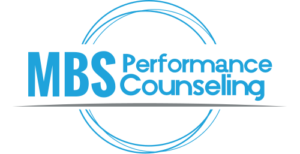Want a great athletic performance? Get uncomfortable!
Why do some athletes strive while others seem to fall short of their true potential? Often athletic performance is a product reflecting a combination of physical ability, skill development, and mental preparation of an athlete. Many athletes, unfortunately, are satisfied with ‘good enough’ training, which then leads to ‘good enough’ performances. This approach stems from wanting to be in control and therefore playing it safe to avoid mistakes. However, in the world of sport, if you play to avoid failure then you are not allowing yourself to be great.
You will remain just, good enough.
In his book, “Good to Great” Jim Collins states, “Good is the enemy of great…Few people attain great lives, in large part because it is just so easy to settle for a good life.”
This is a powerful realization from Mr. Collins and one I see as common in our adolescent athletes. It is a mindset that good is enough and there is no buy-in to doing more than what is required. We are raising a generation that prefers mental, physical and emotional comfort over challenge and growth.
How does this look in our lives?
In school it means
- only doing the homework assigned
- studying for the grade instead of mastering the knowledge
- dropping classes that pose a threat to an “acceptable” final grade
- only answer the questions posed, instead of posing their own questions
- making excuses for struggling instead of finding solutions
- challenges make them quit instead of grow
In athletics it means
- only practicing at practice
- playing within a comfort zone, fearing mistakes
- avoiding challenging situations
- quitting or transferring teams when he or she does not get what they want
- referring to quantity of training versus quality of training
- they are solely result driven
- placing blame on referees, coaches, teammates and circumstance instead of exploring solutions
The truth is, if a highly skilled athlete is not challenging herself or himself enough, they will never achieve the level of Flow. The athlete will be in the Relaxation or Control stage, which hinders someone striving to be a high achieving athlete. Relaxed and controlled is basically the “good enough” area of athletic performance.
So how do we move our athletes into the optimal zone of performance or “flow”?
We have to remember that physical skill development is only one aspect of elite performers. Developing the technical aspects of an athlete is not enough to prepare them for experiencing flow. The mental skills are just as important to introduce, nurture, and grow in our elite athletes.
Building mental skills starts with the athlete developing an optimistic mindset; believing in the ability to grow and affect change. In order to do this, we must understand failure is a part of growth in athletic performance. No one is able to push the limits of the “control” zone without experiencing discomfort and setbacks. One example of this is when our young athletes avoid using their weaker hand or foot for fear of making a mistake. This athlete does not want to lose control over his or her performance. Yet, in the model above, by not developing the off-hand/foot, he or she is not increasing the skill level on the X-axis. Therefore, as the challenge level increases, this athlete will experience more worry and anxiety versus control and flow.
As coaches, we can challenge our athletes to push just beyond their comfort zone. ‘Good enough’ athletes will try to reduce the challenge in their athletic performance in order to feel more comfortable. So we have to instead, think about how we can increase their skill levels (mental, physical and emotional) so they are more confident at the higher challenge levels. Coaches can do this by focusing on technical ability at a less challenging level (reducing speed, providing the athlete more space or time). As the athlete gets comfortable with the skill, the coach can then purposely increase the challenge incrementally, which organically allows the athlete to shift towards the flow area.




